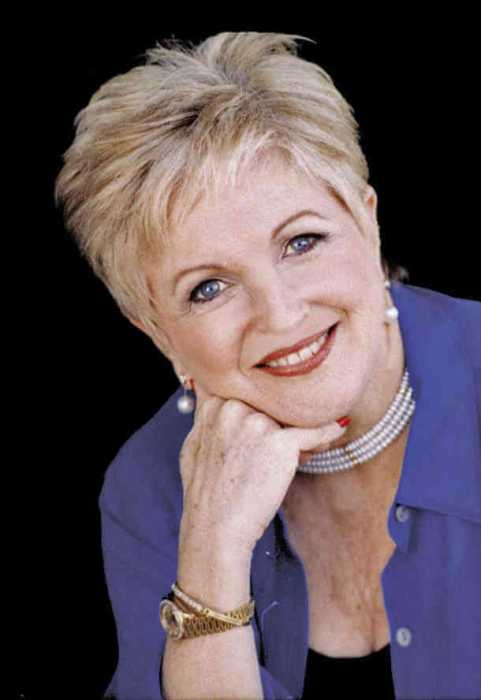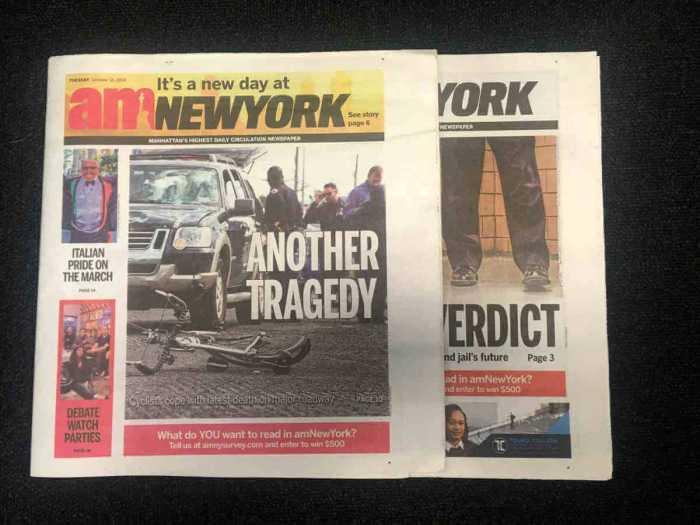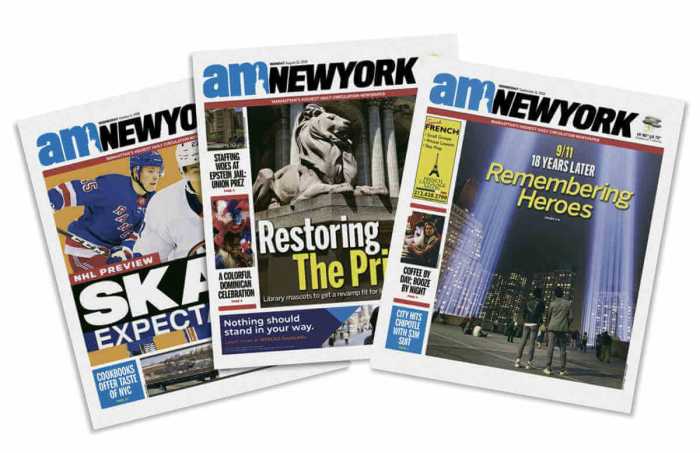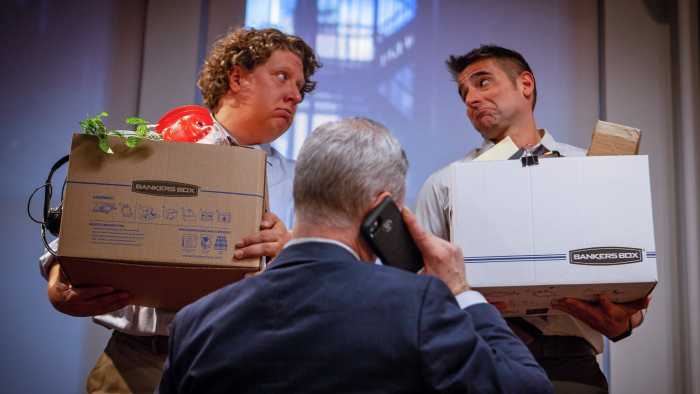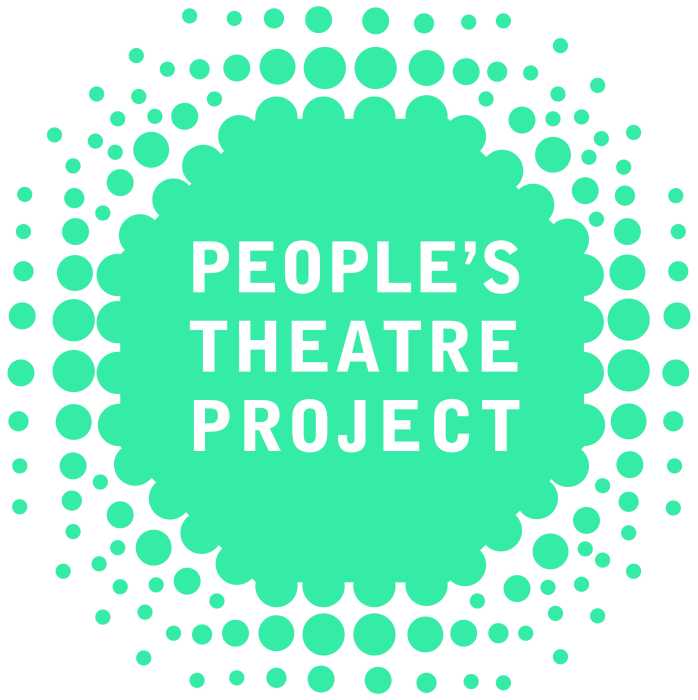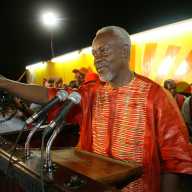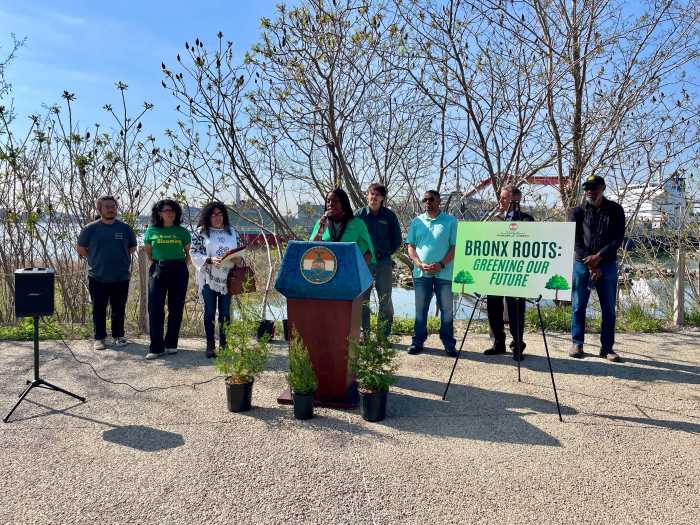As we went to press this week, it was reported that Democrats in the state legislature appeared to have enough votes in favor of congestion pricing to include it in the budget that’s still being hammered out. Lawmakers have until April 1 to get a budget deal done.
What this means is that very soon, anyone crossing an East River bridge into Manhattan, or traveling south of 60th Street in Manhattan, will be charged a toll. The revenue generated from this plan will be used to fund much-needed public transit improvements, even though it’s hoped that congestion pricing will encourage more people to leave their cars at home when traveling to Manhattan, thereby reducing traffic volume.
Queens residents have long fought congestion pricing. Opponents say it’s just another undue expense that would drain more money out of middle class pockets. Skepticism abounds over whether the state government will allow these funds to truly be used for public transit projects, or whether this becomes just another revenue stream from which to pilfer.
The woeful state of the city’s public transit system, combined with the stark increase in traffic volume in recent years, have made congestion pricing a necessary evil in the eyes of many. But it needs to come with changes for the MTA and for Queens commuters alike.
For one thing, the MTA must do more to trim the fat from its corporate budget. The overhead in the MTA is staggering; more than a quarter of all employees earns in excess of $100,000 a year at a time that the authority faces an unprecedented deficit. Leadership must be held accountable to cut costs as the public is asked to pay more for improvements.
For this plan to be truly palatable to all Queens residents, the city and state must follow through with its promise to use that revenue solely on public transportation improvements — and those improvements must begin almost immediately.
The northeast corridor of Queens is lacking public transportation. It needs help. One such improvement is the expansion of ferry service to northeast Queens, which is already under consideration. Bringing ferries to places like Willets Point, College Point and Fort Totten would give residents another affordable option at getting to and from Manhattan each day.
Another plan under consideration is the redesign of all Queens bus routes, some of which have been unchanged for at least 50 years. If congestion pricing is to become a reality, then the city and MTA must hammer out a new bus route plan for Queens before the tolls are activated on the Queensboro Bridge.
The city and MTA must also fully fund Mayor Bill de Blasio’s Bus Forward initiative, which will expand Select Bus Service (SBS) to eight highly-used Queens bus lines. SBS allows for larger buses, off-board fare collection and dedicated bus lanes, all of which aim to move commuters around more quickly.
The congestion pricing plan must also usher the end of tolls from one part of the borough to the other (via the Cross Bay Bridge linking the Rockaways and Broad Channel).
The MTA must, within the next year, take down the toll gantries at the Cross Bay Bridge, and the Marine Parkway Bridge between Brooklyn and Rockaway. If we are to pay more to travel into Manhattan, then we ought to have no cost to travel within Brooklyn and Queens.
The authority must also reintroduce the Freedom Ticket, the shelved fare equalization plan which would enable thousands of eastern Queens residents to afford rides on the Long Island Rail Road between points in Brooklyn and Manhattan. The Atlantic Ticket plan already in place, which only takes Queens commuters as far as Atlantic Terminal in Brooklyn, is not nearly enough.
These are steps that should be taken right off the bat, but the congestion pricing plan must also serve to provide a down payment for the future of public transportation. This could include the introduction of new express bus lanes on the Long Island Expressway, light rail service through underserved areas and even the potential extension of subway lines east of Flushing and Jamaica.
If congestion pricing is going to work for New York City, then the city and state must keep their promise, and it must be an unshakable, unconditional pact: For this “tax” on drivers, the city must finally provide all New Yorkers with a modern, efficient public transportation system.


